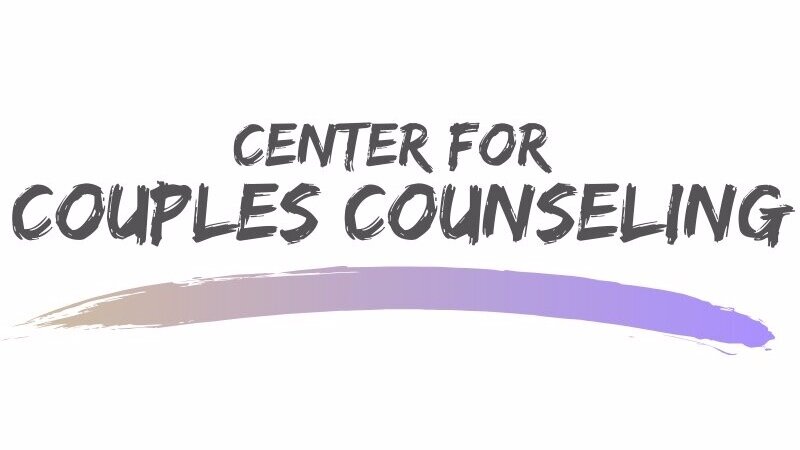Attachment Styles: It's Not You, It's My Attachment Style
Do you find yourself enacting the same behaviors in each relationship you enter? Or do you feel that you and your partner are not “clicking”, that there may be a push-pull dynamic? Your attachment style might be to blame.
In recent years adult attachment theory and attachment styles have been a hot topic in relationship counseling, and for good reason. Attachment styles start developing during our infancy and remain relatively stable throughout an individual's life. Attachment styles characterize how we establish and maintain bonds with our caregivers during our infancy.
Early attachment styles with caregivers shape our romantic behaviors in our adult years. Understanding attachment styles may help you and your partner to understand the complexities of personal needs within the relationship. There are four main adult attachment styles that can develop: secure, anxious, avoidant, and disorganized.
Secure Attachment:
Around half the population has a secure attachment style. Adults with a secure attachment style are characterized as being comfortable with intimacy but are not codependent on their partner. Securely attached adults know they are worthy of love and do not seek validation of self through their relationship.
Secure adults are not sensitive to rejection, nor do they fear losing independence within a relationship. A hallmark of secure attachment in adults is the ability to self-soothe during conflict. Secure adults do not seek to attack or punish their partner during conflict, they find comprise and resolution easier than insecure attachment styles.
Avoidant Attachment:
Adults with an avoidant attachment style have a desire for independence and avoid getting too intimate with partners. Closeness and intimacy may feel uncomfortable, often avoidants feel suffocated in relationships. Subconsciously avoidants may sabotage close relationships or pull away if they feel the relationship is growing in emotional intensity. Avoidants may associate love as a duty and quickly rethink relationships as they usually see their partner as needy.
When an avoidant adult feels triggered in their relationship, they will react with deactivating strategies to sabotage a relationship and leave. Avoidants may also use deactivating strategies to prevent the formation of a relationship. Some common deactivating strategies are…
Pulling away when things are going well in the relationship
Keeping relationships in a “gray area” to avoid commitment
Avoid physical intimacy or withholding physical affection
Focusing on a partner’s flaws or imperfections
Continuously rationalizing reasons to leave the relationship
Dating other individuals who are emotionally unavailable or who would be impossible to commit to (i.e., already in a relationship)
Anxious Attachment:
Anxious attachment in adults is characterized by a fear of rejection and abandonment. Unlike the avoidant, an anxious adult craves intimacy and may become codependent on their partner. Anxiously attached adults become preoccupied with the state of their relationship, constantly questioning if their partner has the ability to love them back.
Anxious adults are often low on self-worth and seek constant approval and reassurance from their partner. Anxious attachers are “rejection-sensitive”, that is they are anticipating rejection and are constantly looking out for warnings of future abandonment or rejection.
When an anxiously attached adult feels triggered in their relationship, they will react with protest behaviors in an attempt to get attention and re-establish contact with their partner. For example…
The individual may threaten to leave the relationship when in reality they are testing their partner, looking to see if their partner will beg them to stay
May engage in jealousy provoking behaviors (flirting with others, seeing others such as an ex)
May excessively reach out to their partner to (calling or texting their partner)
Withdrawing (may ignore their partner, not answer their partners call)
Manipulate their partner or withhold love and affection from their partner
Naturally anxious and avoidant attachment styles are attracted to one another. Together the anxious and avoidant fulfill each other's world view. The anxious adult will latch on to the avoidant which will cause the avoidant to use deactivating strategies, this then will evoke the anxious adult to use protest strategies. Eventually the avoidant will grow tired of the duty associated with the relationship and leave the anxious adult feeling rejected and abandoned. Through this dynamic, the avoidant’s belief that relationships are mentally taxing and the anxious adults' beliefs that they are unworthy of love is affirmed.
Disorganized Attachment:
Disorganized attachment is perceived as the most complex and most concerning attachment style when it comes to forming healthy romantic partnerships. Disorganized attachment pulls various aspects from both anxious and avoidant attachment styles. Research suggests that adults with a disorganized attachment style may have experienced abuse or trauma during their early years.
Disorganized attachment is characterized by an intense need to belong while also feeling a desperate desire to protect themselves from harm. Disorganized adults genuinely want to form relationships, but the vulnerability needed to form intimate relationships breeds fear. The disorganized adult may falsely perceive signs of rejection and then self-sabotage the relationship creating a self-fulfilling prophecy which affirms the individual's internal negative beliefs.
Disorganized attachment in relationships may look like
Struggling to trust a romantic partner
Alternating between clinging and distancing from your partner
Having poor emotional regulation within relationships
General unpredictable and intense relationship patterns
Sabotaging relationships even when you desire them
Now that we have gone over the four major attachment styles, take some time to reflect on your own attachment patterns. If this blog resonated with you, please reach out to the Center For Couples Counseling where we can help you identify communication patterns that are no longer serving you and transform your partnership.

